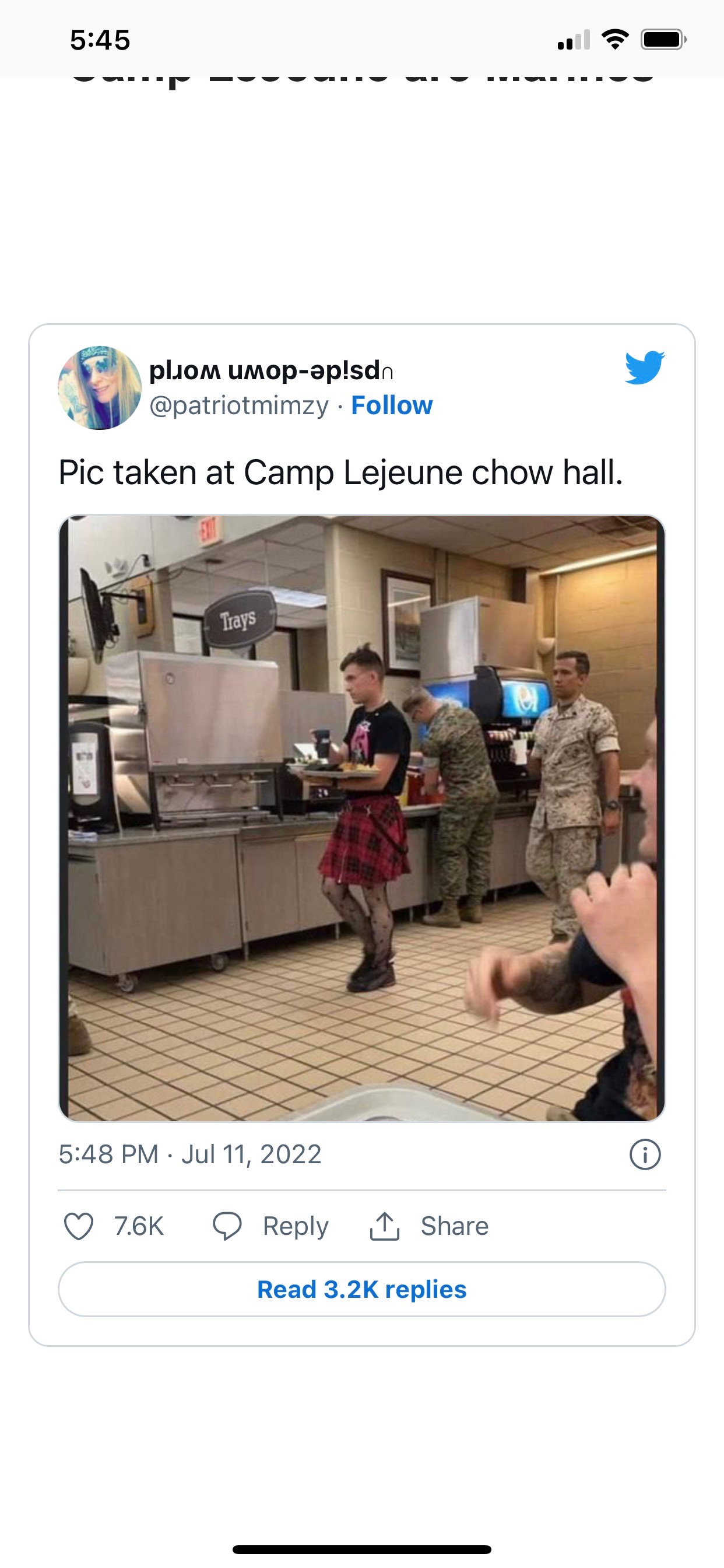Long, slow decline of the US military’s all-volunteer force puts America in danger
BY Herschel SmithThe silly and trivial Mark Esper offers solutions.
The fact is the pool of Americans aged 17-24 who are qualified and interested in serving continues to shrink. When I was secretary of the Army in 2018, 71% of these 34 million young people could not meet the military’s entry requirements due mostly to obesity, drug use, physical and mental health problems, and criminal misconduct. Four years later, that number is even higher. Further, of the 23% eligible to serve today, another 10% don’t meet the military’s academic standards. Worse, of the 3.5 million young Americans remaining, only 9% (~320,000) have a proclivity to serve. A nation of 332 million people should do better than that.
It’s even worse than that. Readiness is at an all-time low, and the existing enlistment mostly treats the military as a jobs program.
Then he gives his solution.
The scope and scale of these trends are beyond the ability of the Pentagon to remedy. There are actions the services can and are taking, but these only address the problem at the margins. Because the ability of the military to defend the country depends directly on a sizable force of top-notch volunteers, this is a national challenge that must be addressed at the highest levels.
This means the White House and Congress must work together to reverse the underlying trends. They could begin by standing up a bipartisan commission of esteemed leaders, much like President Richard Nixon did in 1969 when he decided to end conscription. This time, rather than creating the AVF, the new panel’s mission would be to save it. As such, commissioners must focus on the key issues: increasing the pool of young people qualified to serve and raising their interest in doing so.
For reasons that also extend beyond the military’s needs, the commission should look at ways to improve the health and fitness of America’s youth, review and update eligibility requirements, expand JROTC nationally, create new ways for civilians to interact with their military brethren, eliminate misconceptions about military life, and ensure recruiters unfettered access to high schools across America. Meanwhile, the Pentagon must steer away from lowering standards, reducing the size of the military, or creating hollow combat formations. We must field the force we need to win our nation’s wars, not take shortcuts.
Get a commission. Make a law. Engage in talky talk. Make people believe lies about the situation. Convince them of things that aren’t true.
Nothing at all about a woke military, gender neutral pronouns, women in combat, and nothing about discipline.
Nothing about letting the Marines do what Marines do – sending recruits or boots to the “room of pain” if they screw up. The focus is on exoskeletal machines to assist in carrying heavy loads, giving them better weapons, manufacturing drones for stand-off warfare, and making sure transgender celebrations are had by all at the Pentagon. Nothing at all about the fact that the generals want to train the military to fight Americans.
So the beat goes on, and the military continues to decline because no patriot wants to join a force that kills Americans.
So sad that anyone would float stupid ideas like Esper did.




